Hi friends!
Today I want to chat with you about color theory in quilting and the impact of value.
Color Theory in Quilting: Putting Fabrics Together
Have you ever put fabrics together for a quilt, the fabrics look great together and when the quilt was done, you thought, it’s just OK. Pretty but not great.
I know I have! Usually that happens when I do not have enough value change in my fabrics or the proportion was off or I put a color in a spot that really didn’t work.
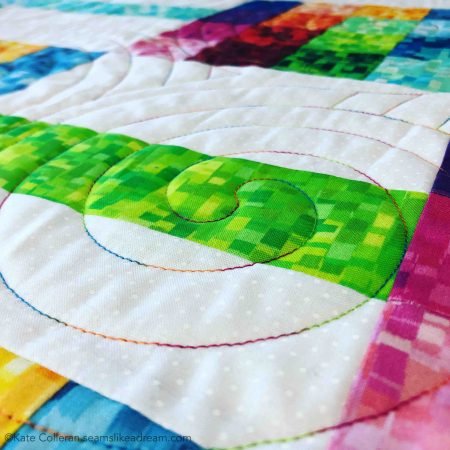
I think this is why so many quilters like to use exactly the same fabrics as the quilt on the cover of the pattern. They know what it will look like and, if they were to decide to do something different, they are afraid of making a mistake or not liking the finished quilt.
And let’s be honest, fabric is too expensive to be making a quilt we don’t like.
Color Theory in Quilting: Practice
But, on the flip side, mistakes are how we learn. We teach our children that it is OK to make mistakes, that they will learn more from making a mistake than from always getting it right. So in that spirit, we need to tell ourselves it is OK to make a mistake. Think of it instead as a design opportunity.

And the more we work on putting fabrics together ourselves and not rely solely on the pattern designer, the better we will get. And by keeping a few color principles in mind, we will be able to make better choices.
In this blog post on color, I chatted about all the different aspects of color theory, including the color wheel, warm and cool colors and value.
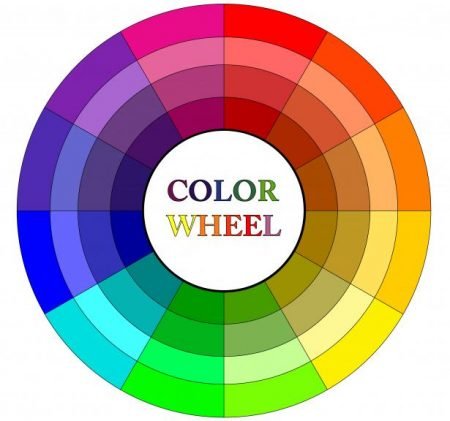
In the recent post on Block 2 of the Adventure in Color quilt along, I talked a little about value and that block.
One common saying is, “Color gets all the credit and value does all the work.” And while not 100% true, it is pretty accurate. Value can make or break a quilt design.
Color Theory in Quilting: Effect of Value
Let’s look at my quilt Sparkles.
Here is the block in solids.
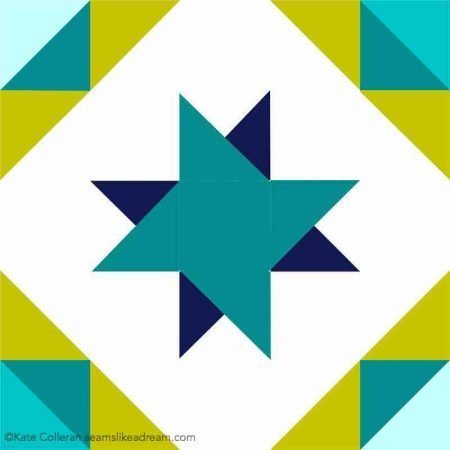
This block relies on value to let the secondary pattern emerge when the blocks are put together. Here it is with 4 blocks together. See the secondary pattern that emerges?
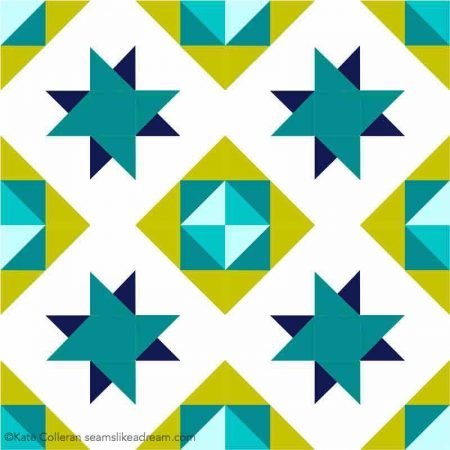
And here is the block where I use a lighter color in one of the corner HST units. Looks OK.

But see what happens to the secondary pattern when there is not enough of a value change between the 2 fabrics in the corner HST units? The secondary pattern ends up not having as much interest.

Color Theory in Quilting: How to Identify Value Changes
Now, it is pretty easy working on the computer with solid colors to get a real concept of the change in value. But what happens when you are working with prints and there is value change with each print?
Here are 2 ways to help you identify if there is enough change in value between 2 fabrics.
One is to use a value finder. My favorite color tool, the Ultimate 3-in-1 Color Tool from C&T Publishing, has 2 value finders in it. The red one works for most colors and the green one is perfect for red fabrics. How does it work?
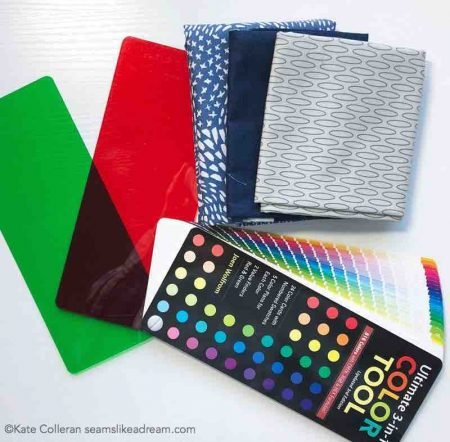
Just hold the value finder on top of the fabrics and the colors disappear. Now what you are looking at is value. You can see if there is a value change from one color to the next. If everything seems similar, your block’s design is going to get lost.
Another way to check value is to take a black and white picture with your phone. Taking the picture (or changing the image ofter you take the picture) in black and white reduces the block to values.
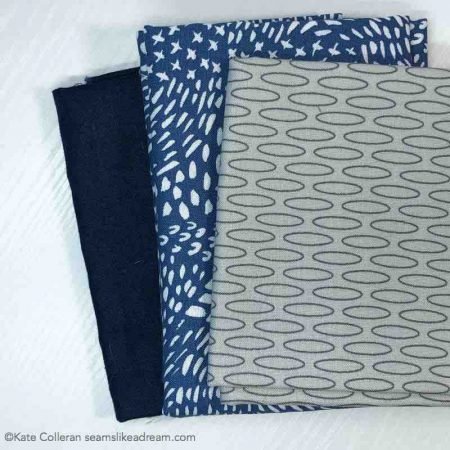
Now these are pretty easy to tell the value even in color! But here they are in black and white.
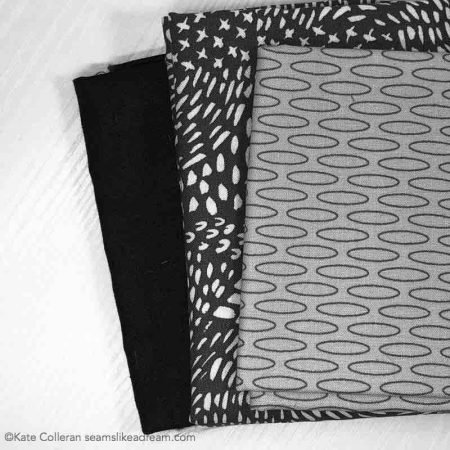
What about this group of fabrics?
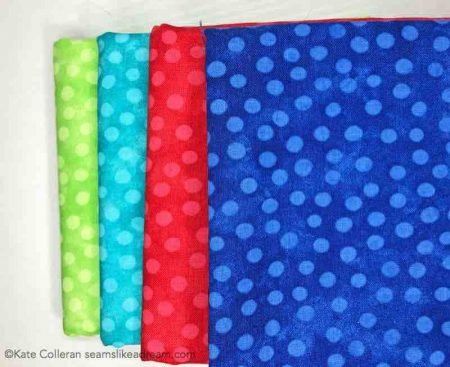
Again, not prints but do you think there is much value change from say the green to the aqua?
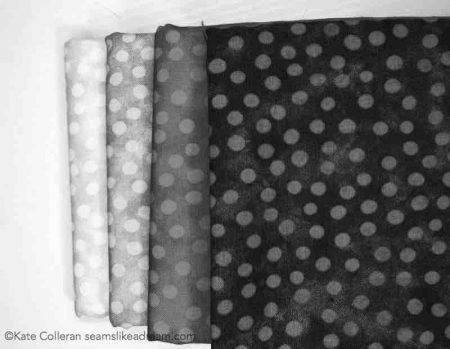
Using your phone to grab a quick black and white photo is just another quick and easy way to check the value of the fabrics you are looking at for your next project.
Next time!
Look closely at the corner HSTs in my original quilt. There is not quite enough value change between the main print (that is used in the center of the block but also in the corner HSTs) and the lighter of the 2 secondary HST colors. Next time, I will do this a little bit differently. The good news, the quilt is still pretty, I still like it and I learned from it. A win-win!
Please share in the comments if you have any color theory in quilting tips on using value and picking fabrics!
happy quilting!
Kate
